This is just a brief sharing of information. We just recorded an episode with Kc Wayland Tuesday night chuck full of info. That episode will be put out next week.
This is a partial update to Gold Rush – What we do and don’t know.
- Gold Rush
- Gold Rush will have a western feel
- Occurs in “Berg” outside Irwin somewhere
- 4 soldiers
- Lots of exploring
- Lots of comedy
- Characters will include Muldoon (Shaun Lewin), Puck (Brett Newton) & Robbins (Tony Rey) for sure (expect comedy) AND BURT!!! (Scott Marvin)
- According to Tony Rey when asked, does this reflect Kc’s time in service, Tony replied I hope not
- To release sometime this fall
- Patreon – Wayland productions is going to be supported through Patreon instead of other crowdfunding options.
- We’re Alive Archive – Replacing Apartment 2C We’re Alive Archive is a Director’s commentary providing and behind the scenes with a window into the making of We’re Alive.
- Script Book – Creating a limited special edition series of the scripts in print and digital format.
- Family Book – A book about the families with the backstory to Angel and Scratch.
- Theater for the Mind – A new podcast series is coming that will feature an anthology of audio theater stories and experiments. One of which is the Improv Audio Theater in number 6. Think Twilight Zone.
- IA(Improv Audio) Theater – Part of the Theater for the Mind series, featuring improvisational audio drama fully sound designed and produced.
- Special pin series – A limited edition pin series is being made with the first one commemorating our 8th birthday. Limited as in once they’re gone they’re gone. Each pin will have a sequential number on the back, making each one unique. Pre-orders start June 1st.
- We’re Alive: Scout’s Honor – The next series after Goldrush. The story takes place on the island of Catalina off the shores of California, where a group of scouts must work together to get off the island.

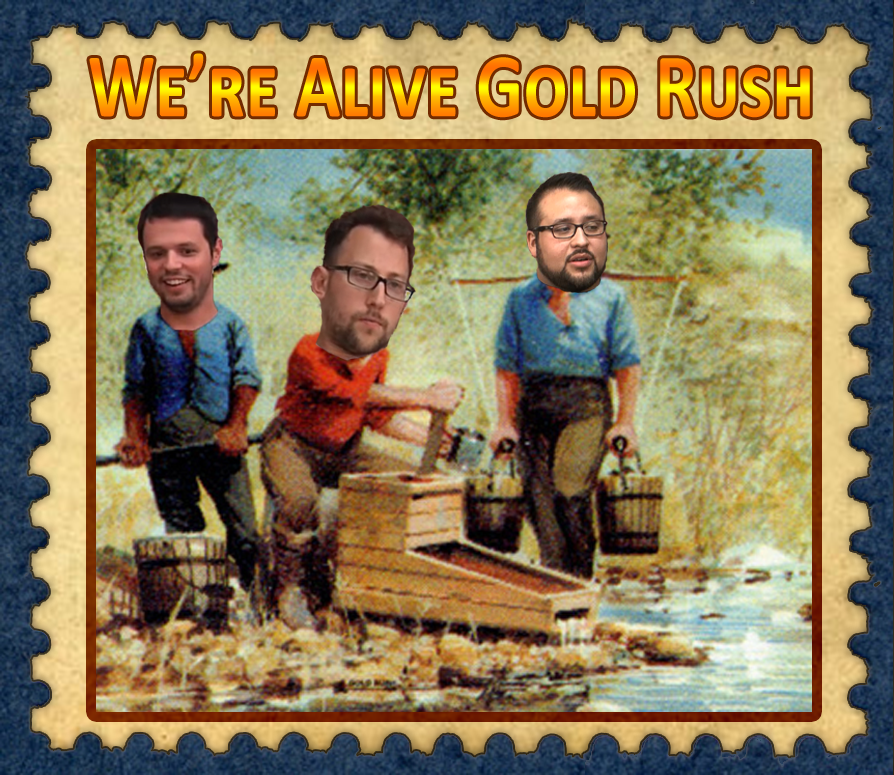
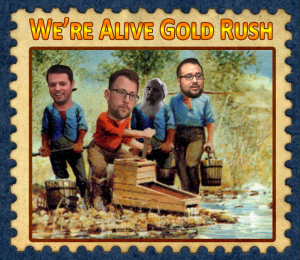
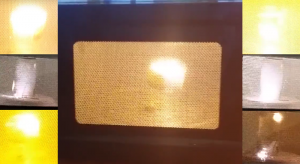
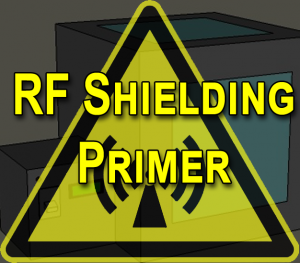
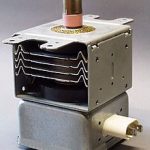
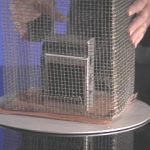
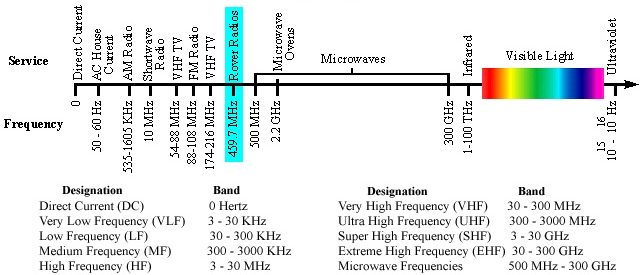
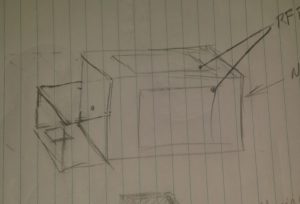
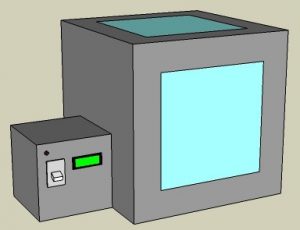
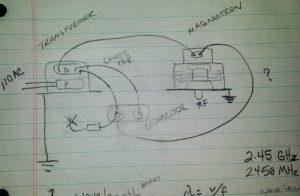
You must be logged in to post a comment.